Written By: Brad Campbell | January 21, 2022
You may be wondering why “proof” is in quotation marks in the title of this article. The reason is that there is no such thing as completely bulletproof material — enough firepower can penetrate any type of material.
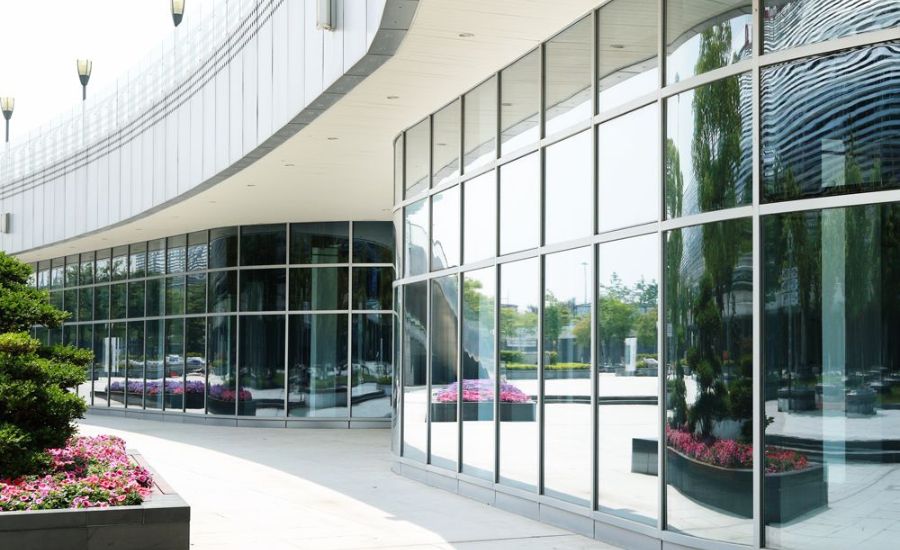
That being said, there are several types of highly bullet-resistant materials that you can use for windows and other glazings (glass) to provide different levels of ballistic protection.
This article will go over what those are, what the most bullet “proof” material is, and why you would need bullet-resistant glazing in the first place.
In the security glass industry, there are two main types of materials that we use for ballistic-grade windows:
Bullet-resistant laminated glass is composed of several layers of strengthened glass layered and bonded together by a thermoplastic interlayer.
Depending on how many layers of glass there are and what the overall thickness of the security laminate is, different levels of ballistic resistance can be achieved.
No matter what type of bullet-resistant material we’re talking about, its ballistic resistance is most commonly determined by a UL 752 rating. This rating is given by the Underwriters Laboratories, a nonprofit organization that tests and certifies safety and security products.
Take a look at the chart below to see what the different UL 752 levels are:
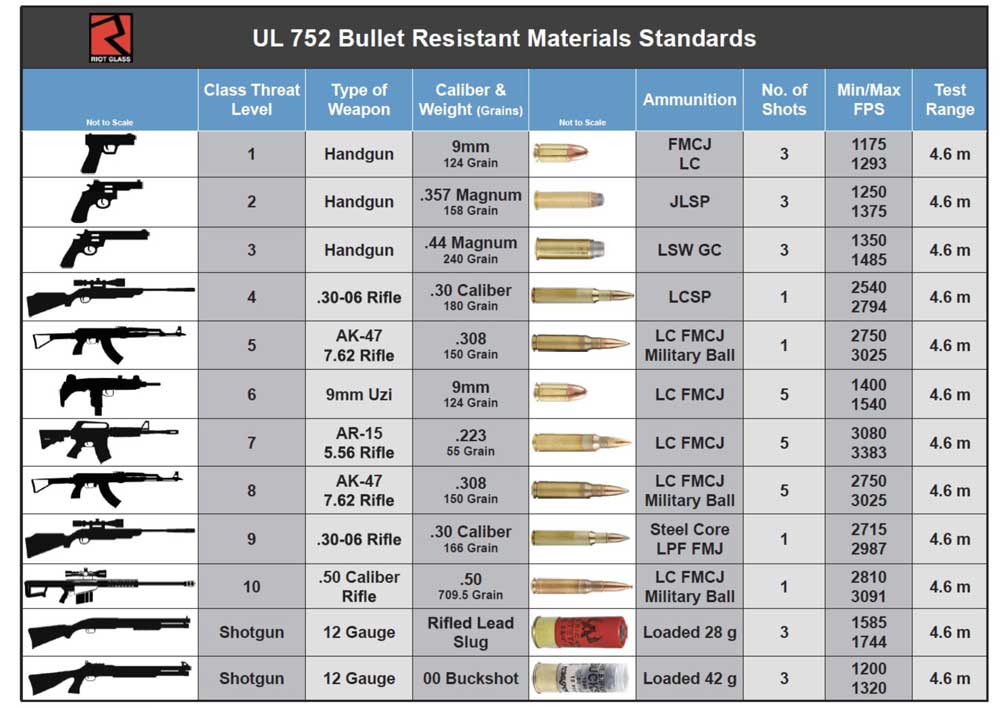
As you can see from the chart, the higher the UL 752 level, the higher caliber of bullets it can stop.
However, you’ll also notice that each level can only stop a certain number of rounds from a specific type of firearm. When impacted by more rounds, or higher caliber rounds, ballistic-grade security laminates will eventually be penetrated.
The problem with using laminated glass for providing ballistic protection is that it has to have many layers, and thus be very thick and heavy, to achieve higher levels of ballistic resistance.
The size and weight of laminated security glass mean that models with higher UL 752 ratings aren’t always suitable for all commercial applications, especially when you want to retrofit the ballistic glazing over the existing glass, which is the most cost-effective option.
Ballistic-grade polycarbonate is an extremely robust plastic. With polycarbonate, you can achieve high levels of ballistic resistance with less material (in terms of layers and thickness) compared to laminated glass.
Polycarbonate ballistic glazing systems still require multiple layers to achieve ballistic resistance, but they are much lighter than their security glass counterparts.
Because of this, polycarbonate is often a better solution for commercial bullet-resistant glazing retrofits — it can be mounted into or onto almost any existing framing system to protect the existing glass.
Both laminated security glass and polycarbonate glazing shields can be rated to withstand very high-caliber bullets — the main difference is in how thick and heavy the glazing systems have to be to achieve comparable levels of ballistic resistance.
However, we do consider polycarbonate to be the superior option of the two. This is because, even when riddled with bullets, polycarbonate does not break apart or significantly diminish in strength.
This means that it cannot be easily dislodged or passed through, making it the most effective access denial material available for preventing forced entry, especially during an active threat scenario.
In fact, polycarbonate is so strong that it’s virtually unbreakable. On the other hand, laminated glass can eventually become smashed up enough that it can be dislodged, thus allowing entry to a facility.
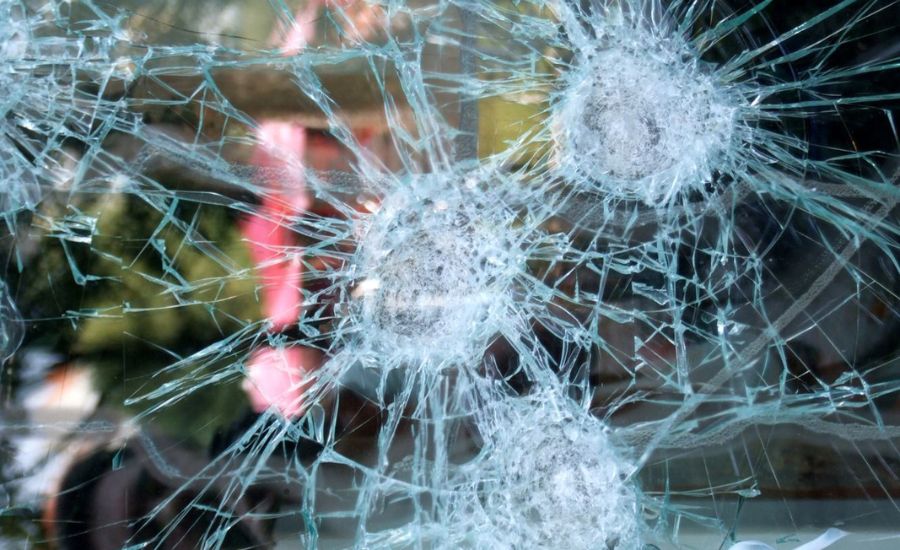
When an active threat targets a building to do those inside harms, they often gain access to the building, or specific areas within it, by shooting out a window and climbing through, or shooting out a glass pane in a door and opening it from the other side.
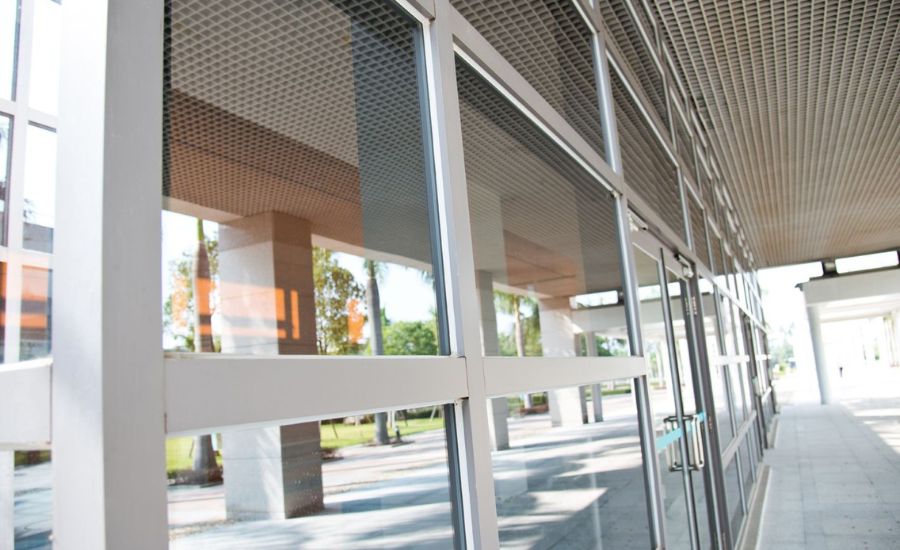
That’s why reinforcing your windows and doors with bullet-resistant materials is one of the best ways to protect against active threats and minimize the risk of harm to people inside your property.
When an active threat can’t get inside the way they were planning to, it gives people inside precious time to run and hide, call the authorities, and barricade themselves inside somewhere safe until the police or FBI arrive to neutralize the threat.
Besides active threat protection, ballistic-grade glazing mitigates a wide variety of other common threats faced by commercial facilities.
Benefits of bullet-resistant glass:
Active shooting scenarios can occur anywhere, but they are especially common in schools and other educational facilities. Active shooters also commonly target government buildings, places of worship, and offices.
We highly recommend a ballistic-grade glazing retrofit for all the aforementioned types of properties.
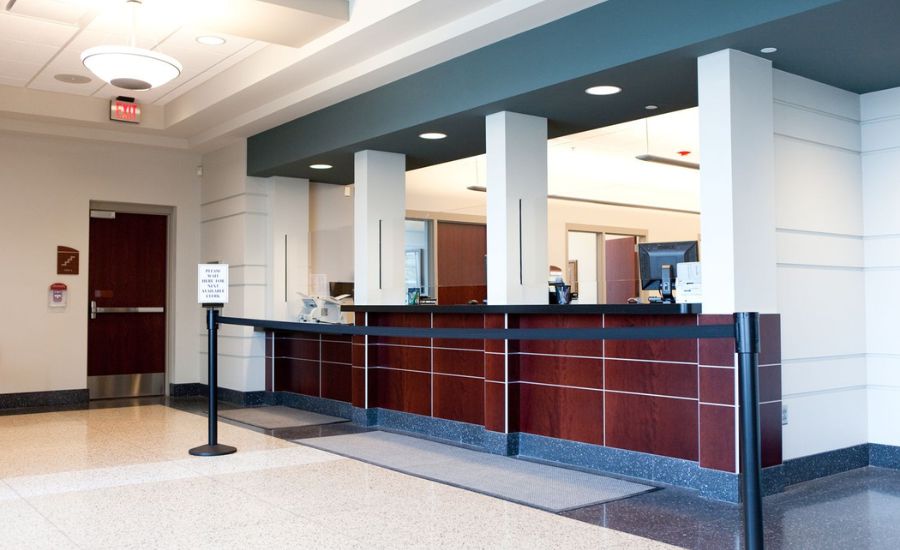
But, there are many other types of buildings that can benefit from bullet-resistant glazing to improve physical security against forced entry, rioting and looting, hurricanes, and more.
Here’s a full list of property types that you may want to consider for a ballistic glazing retrofit for access denial and active threat protection:

A professional threat assessment can help you determine the threat level and the best solution for your unique facility.
No type of material can make your windows bulletproof, but the materials discussed in this article can make them bullet-resistant.
Ballistic windows and doors don’t only provide protection during violent attacks — they also protect against other types of crime and provide storm damage mitigation when mother nature acts up.
Riot Glass LLC designs and manufactures patented ballistic-grade glazing solutions. Our retrofit solutions are trusted by commercial properties across the country.
Contact us today for more information or to schedule a free consultation.

HOW CAN WE HELP YOU?
